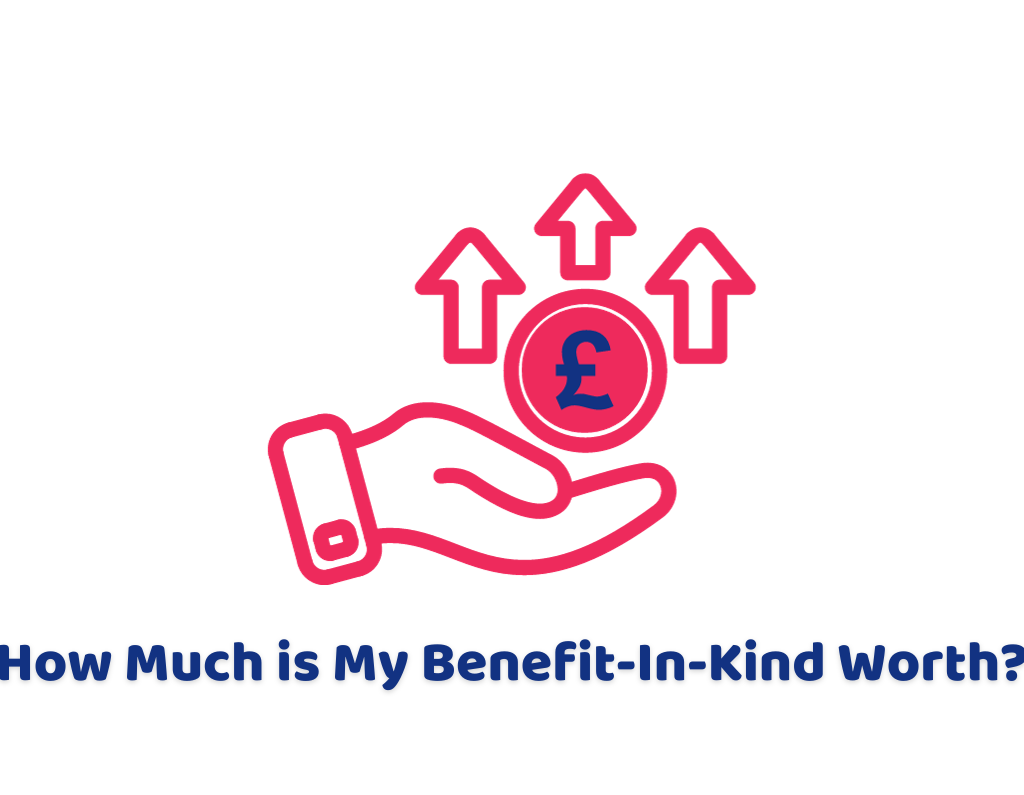As an employee, it is normal to receive and to be taxed on the worker’s salary, wages and bonuses for the work performed in the employment. However, employers may also wish to remunerate the employee by providing benefits-in-kind. These additional benefits are also taxable, but on what value of this benefit does the employee need to pay income tax?
What is the Cash Equivalent?
The basic premise for the value of the benefit for taxation purposes is the ‘cash equivalent’ of the benefit provided. How much it cost the employer to provide the benefit will determine how much the employee is taxed. For example, if an employee receives private medical insurance, which costs the employer £1,000 a year, the taxable amount will be £1,000. If the employee pays towards the cost of the benefit, this amount contributed will be deducted from the taxable amount. So, if the employee in this example contributed £300 annually towards the private medical insurance, the taxable amount of the benefit would reduce to £700 (i.e., £1,000 – £300). Note that for this deduction to be made, the employee must have paid their contribution to the benefit by 6 July after the end of the tax year in which the benefit was provided.
In-House Benefits
The situation can be complicated when the benefit provided is created from an in-house product or service. What is the cash equivalent chargeable on the employee? Is it the sales value, the cost value or some other formula? This issue was resolved in the famous case of Pepper v Hart [1992] STC 898. In that case, ten employees were given the benefit of school fees for their children at a ‘concessionary fee’ at the college in which they were schoolmasters. The Inland Revenue (as it was known at the time) argued that the costs of the benefit were proportional to all the costs of running the school. For example, if the cost of running a school was (say) £1m a year, and there were 100 pupils, the cost associated with the benefit of a child’s place was £10,000. However, the schoolmasters argued that, in fact, the marginal cost of having the children at the school was much less than that and amounted to a little stationery and laundry (it was a boarding school). On balance, and in the House of Lords, it was held that such benefits should be valued at their marginal cost or the cash equivalent of the benefit provided.
Specific Benefits
Despite the generic rules for calculating benefits, there are some benefits that have their own set of provisions. These are company cars (both for the use of the car and the benefit of having fuel provided by the employer), employer-provided accommodation, low-interest loans to employees and situations where an employer has lent an asset to an employee. For example, company cars are taxed using a percentage based on the CO2 rating of the car applied to the list price. The fuel benefit uses this percentage and applies it to a standard amount every year. In 2023/24, this amount is £27,800. A company car with a usage percentage of 26% and a list price of £30,000 would have a car benefit of £7,800 and a fuel benefit of £7,228.
Practical Tip
An employee is taxable on a benefit provided as a result of the employment. Thus, it does not matter if the benefit is not provided directly to the employee. Even if it is provided to a family member or a member of the employee’s household, if it is paid due to the employee’s employment it will be taxable on the employee.

